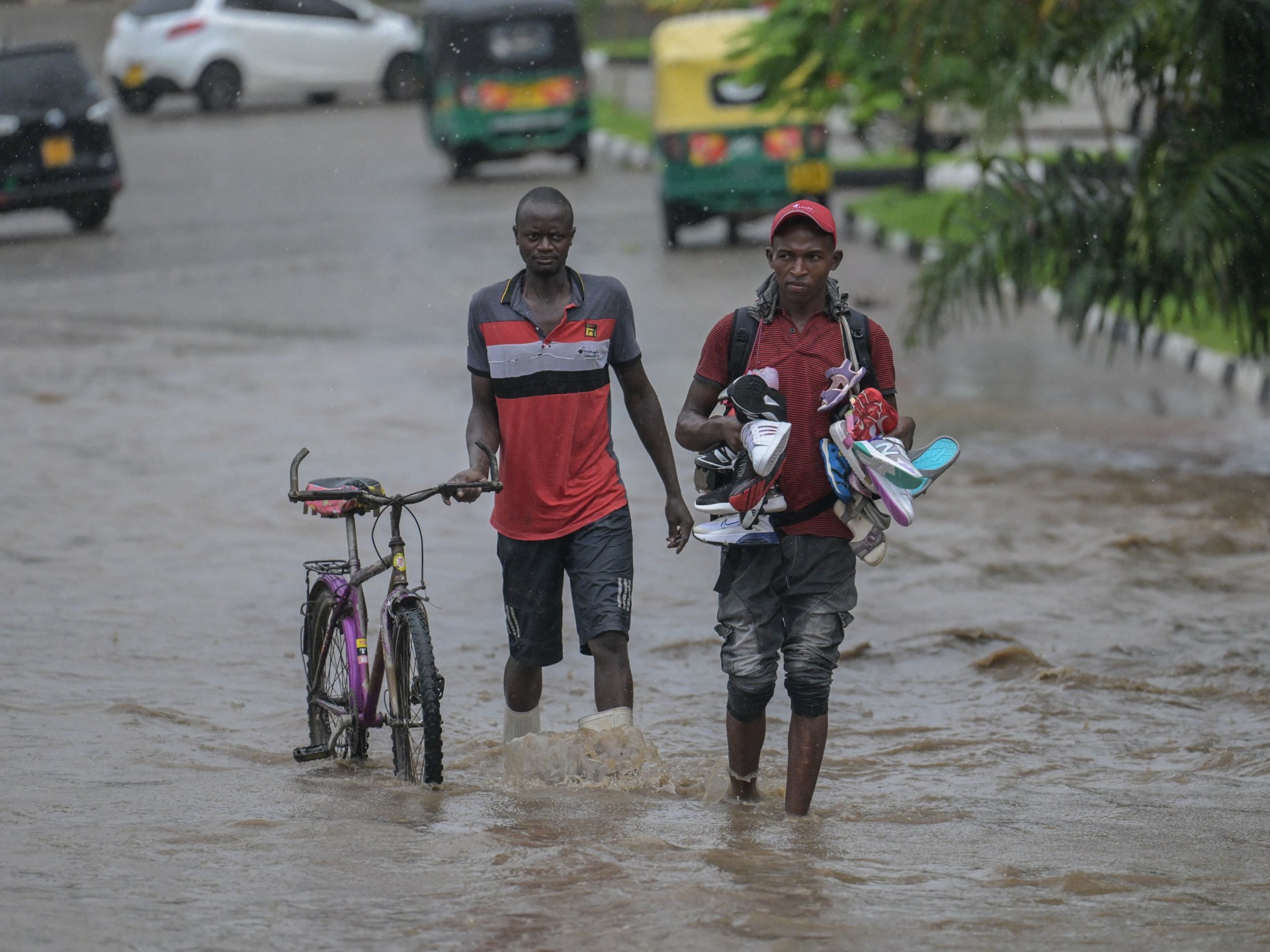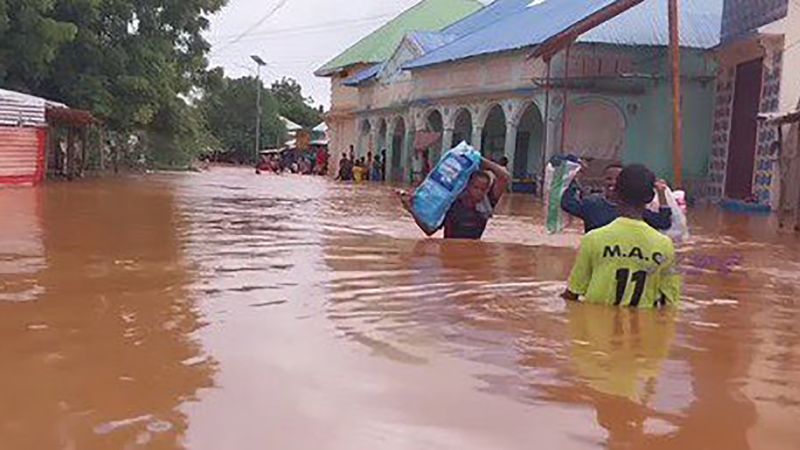Somalia has experienced a juxtaposition of severe drought and heavy rains. The floods that began last month are attributed to the rising water levels in the Juba and Shabelle rivers, which have overflowed their banks, inundating communities along their courses.

Also Read: Nepal Earthquake Kills More than 150 in Western Nepal
These floods have led to the loss of lives, the displacement of thousands, and the destruction of infrastructure.
Somalia has recently emerged from one of the worst droughts in four decades, which is believed to have resulted in the loss of around 43,000 lives, according to the United Nations.
The switch from extreme drought to heavy rains showcases the extreme climatic volatility that East Africa faces, driven by the El Niño.
El Niño is a climate phenomenon that causes surface waters in the central and eastern Pacific Ocean to become warm, leading to changes in global weather patterns.
It has been linked to flooding, cyclones, droughts, and wildfires in various parts of the world. The recent heavy rains in East Africa are attributed to El Niño.
The Office for the Coordination of Humanitarian Affairs (OCHA) reported that the region was likely to experience heavier than normal rains during the October-December period due to the El Niño effect.
This impacts climate change on weather patterns, increasing extreme rainfall events. The global temperature has already risen by approximately 1.1 degrees Celsius since the beginning of the industrial era.
Also Read: 80 Bird Species will be Renamed Says US Ornithological Society
Unless measures are taken to reduce emissions, temperatures will continue to rise, leading to more frequent and severe weather events like the floods in Somalia.
According to the United Nations, over 47,000 people have been forced to flee their homes as a result of the flooding, with the most affected areas being Jubbaland, Hirshabelle, and South West states.
In Luuq district, 2,400 individuals are trapped in their homes, surrounded by water. The destruction of bridges and roads by the heavy downpours has access to affected households, making rescue and relief efforts challenging.
Furthermore, the unsanitary conditions brought about by overflowing toilets pose a risk of water-borne diseases, adding to the already precarious situation.
The Somali government has declared an emergency in the most affected areas, and Information Minister Daud Aweis has made an appeal for support, the critical nature of the situation.
The government is mobilizing resources and collaborating with humanitarian agencies to rescue people affected by the floods.
Efforts to evacuate individuals in Luuq and other flooded areas are underway. However, the scale of the disaster and the logistical challenges involved in reaching affected communities make this a complex and demanding operation.
Also Read: Storm Ciarán Hits France and England, Leaving Millions Without Power
Somalia’s situation underscores the need for international support in the face of climate-induced disasters.
The country has struggled with a combination of natural calamities, violence, and food price inflation resulting from global events, such as the conflict in Ukraine.
The populations affected by these crises are often the least responsible for the carbon emissions causing climate change.
Aid agencies and scientists have consistently told that climate change is one of the factors accelerating humanitarian emergencies worldwide.
As natural disasters become more frequent and severe, vulnerable communities face increased risks to their lives and livelihoods.
The Horn of Africa is particularly to climate change, with extreme weather events becoming more common and intense.
For the past several years, the region has experienced a drought, which has had consequences for communities and agriculture.
It becomes evident that governments, humanitarian organizations, and the world must collaborate on long-term strategies to mitigate the effects of climate change, provide relief to affected communities, and build resilience against disasters.
Also Read: Hurricane Otis: Nearly 100 People Dead or Missing in Mexico

/cloudfront-us-east-2.images.arcpublishing.com/reuters/56QS4CA62RNBROTSIRFHZO3RVA.jpg)



















